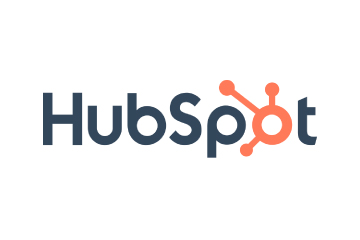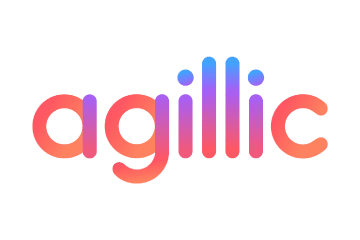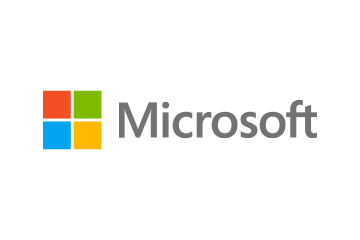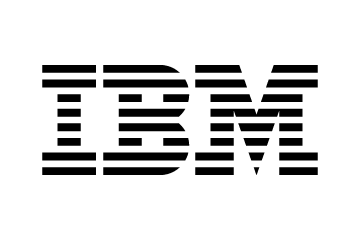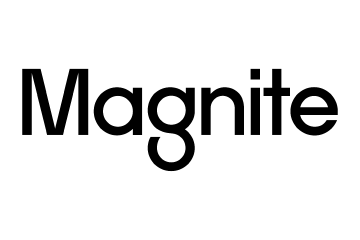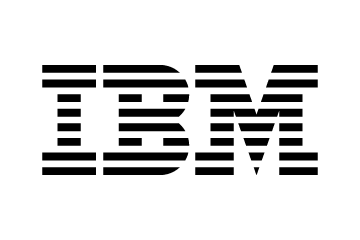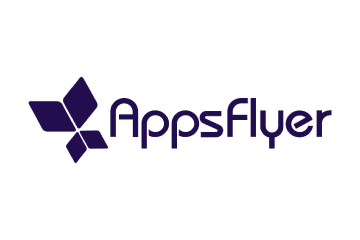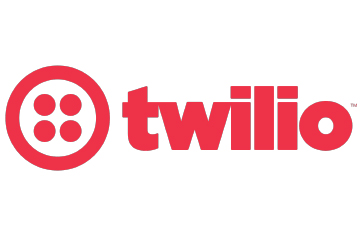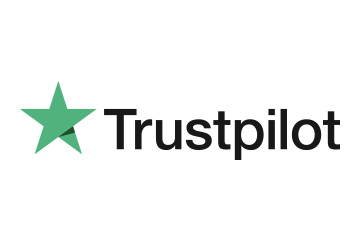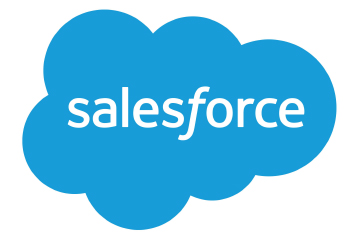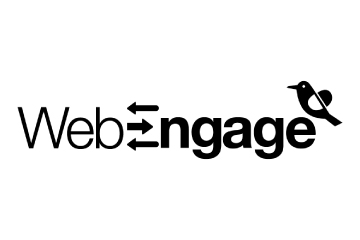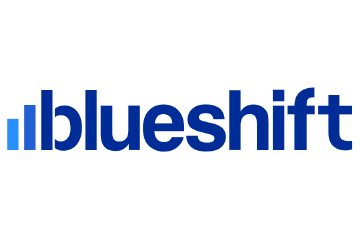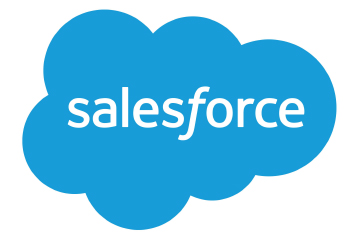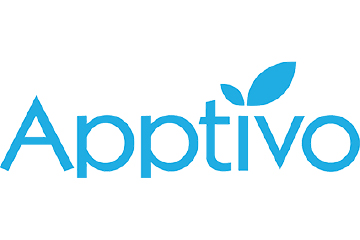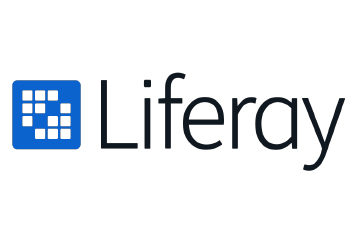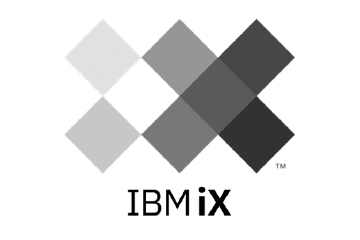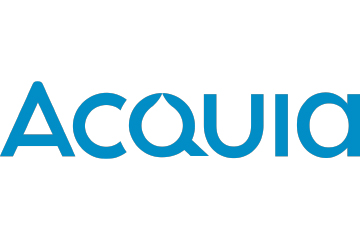Cold, Late, Overpriced: The Truth About Game Day Food Delivery
The primary reason consumers opt for delivery is convenience—42% of respondents prefer to focus on watching the game or socialising rather than preparing food.
What to Read Next
- Perion Integrates Perion One Platform with Amazon DSP
- Global Advertising Forecast: Ad Revenue Set to Reach $1.14 Trillion
- Fohr Launches Predictive Platform to Make Creator Marketing Measurable
- EngageLab Unveils AI-Driven Customer Service Platform LiveDesk
- Cadent, Google Cloud Partner to Bring Data-Driven Intelligence to Advertisers

As the Big Game approaches on Sunday, February 9, millions of Americans are gearing up to enjoy the event with food delivery.
According to Chatmeter’s 2025 Restaurant Delivery & Reputation report, more than one-third (36%) of Americans plan to order food for the occasion, with 37% intending to spend more than they did in 2024.
However, despite the growing demand for convenience for food delivery, many consumers are opting for pick-up or home-cooked meals due to ongoing frustrations with the delivery experience.
Chatmeter, a provider of multi-location customer intelligence, leveraged its generative AI platform, Pulse Ai: Signals, to analyse over two million customer reviews. The findings reveal key pain points that drive consumer hesitation toward food delivery services: high fees, frequent delivery delays, incorrect orders, and subpar customer service.
These persistent issues have made consumers more cautious about relying on third-party delivery apps and have reinforced the importance of restaurant brands maintaining control over their customer experience.
The Hidden Costs of Third-Party Food Delivery Services
“Americans love the convenience of delivery, but restaurants that fully hand over the experience to third-party apps without a strategic approach put their reputation at risk,” said John Mazur, CEO of Chatmeter.
“Customers still associate the experience with your brand, whether it’s a smooth process or a frustrating one. On such a pivotal weekend for restaurant delivery, decisions around promotions, menus, pricing, and operations should be guided by comprehensive customer intelligence.”
The report underscores the growing consumer awareness of issues with third-party delivery services. Customers are increasingly frustrated with expensive service fees, inflated menu prices, and tipping expectations, all of which contribute to their decision to forgo delivery. In fact, 55% of surveyed consumers cited high fees as the top reason for skipping food delivery, followed by long estimated wait times (43%), concerns about cold food (41%), and higher delivery menu prices compared to in-restaurant dining (39%). Additionally, negative experiences with delivery drivers (22%) and tipping concerns (20%) further discourage reliance on these services.
Why Consumers Still Opt for Delivery on Game Day
Despite these frustrations, many Americans still see food delivery as an essential part of their Big Game plans. The primary reason consumers opt for delivery is convenience—42% of respondents prefer to focus on watching the game or socialising rather than preparing food. Additionally, 35% of consumers plan to take advantage of discounts offered through popular delivery apps such as DoorDash, GrubHub, and Uber Eats.
However, the convenience factor comes with trade-offs. The report highlights that 50% of consumers have experienced late deliveries, and the same percentage reported receiving cold food. More than two in five consumers (44%) encountered missing items in their orders, often leading to additional frustration when trying to reach customer service. Many customers described interactions with support representatives as dismissive or unhelpful, compounding their dissatisfaction. In total, more than half of all delivery-related reviews analysed by Chatmeter’s AI were classified as either negative (46%) or mixed (6%) in sentiment.
The Best and Worst Foods for Delivery
Chatmeter’s analysis also identified the types of foods that are most and least suitable for delivery based on customer sentiment and reviews.
Top Delivery Menu Items:
- Pizza
- Wings
- Sandwiches/subs
- Burgers
- Tacos
These items tend to hold up well in transit, maintaining their temperature, texture, and overall quality, making them reliable options for food delivery services.
Worst Delivery Menu Items:
- Seafood
- Ice cream
- Steak
- French fries
These items, on the other hand, are more likely to suffer in quality due to issues like temperature sensitivity, sogginess, or changes in texture during transport.
Conclusion: The Future of Food Delivery for Restaurants
As food delivery continues to play a crucial role in how consumers experience major events like the Big Game, restaurants must take a proactive approach to customer satisfaction. Rather than relying solely on third-party platforms, brands should use data-driven insights to refine their delivery strategies, improve food quality, and enhance customer service. By addressing the common pain points identified in Chatmeter’s 2025 report, restaurants can strengthen customer loyalty and ensure a seamless experience that keeps consumers coming back—whether for game day or everyday dining.
ALSO READ: Marketer Priorities for 2025













